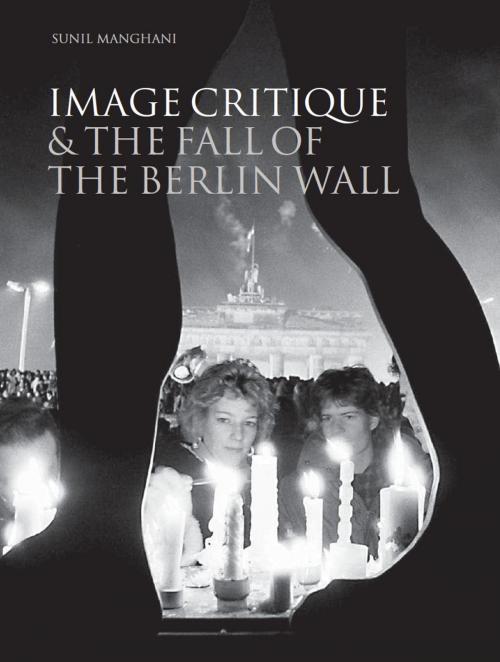Image Critique and the Fall of the Berlin Wall
Nonfiction, Reference & Language, Education & Teaching, History, Social & Cultural Studies, Political Science, Politics, History & Theory, Social Science| Author: | Sunil Manghani | ISBN: | 9781841502502 |
| Publisher: | Intellect Books Ltd | Publication: | January 1, 2008 |
| Imprint: | Intellect | Language: | English |
| Author: | Sunil Manghani |
| ISBN: | 9781841502502 |
| Publisher: | Intellect Books Ltd |
| Publication: | January 1, 2008 |
| Imprint: | Intellect |
| Language: | English |
Taking the fall of the Berlin Wall as a key marker in recent history – a period in which increasingly we find ourselves watching ‘instant history’ unfold live on air – the book presents a new critical concept of image critique: a double procedure of both a critique of images and the use of images as a means to engage with our contemporary mediated culture for new critical purposes. A rich array of primary sources are woven together to provide a thorough critique of the recent and lively theoretical debates about visual culture. Topics range from Francis Fukuyama’s End of History thesis to metapictures, contemporary East German film and the notion of the public sphere/screen. In staking out a new critical visual theory, the book does not seek to present any straightforward analysis of visual representations of the fall of the Wall, but instead inhabits its historical and ongoing resonance as a means to situate a complex interactive account of history, politics, human action, freedom, the media and visual culture.
Taking the fall of the Berlin Wall as a key marker in recent history – a period in which increasingly we find ourselves watching ‘instant history’ unfold live on air – the book presents a new critical concept of image critique: a double procedure of both a critique of images and the use of images as a means to engage with our contemporary mediated culture for new critical purposes. A rich array of primary sources are woven together to provide a thorough critique of the recent and lively theoretical debates about visual culture. Topics range from Francis Fukuyama’s End of History thesis to metapictures, contemporary East German film and the notion of the public sphere/screen. In staking out a new critical visual theory, the book does not seek to present any straightforward analysis of visual representations of the fall of the Wall, but instead inhabits its historical and ongoing resonance as a means to situate a complex interactive account of history, politics, human action, freedom, the media and visual culture.















